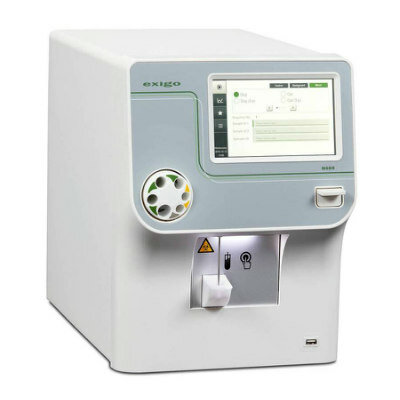Stroke Genetics Study Triples Number of Known Risk Loci
|
By LabMedica International staff writers Posted on 11 Apr 2018 |

Image: Malik et al conducted a multi-ancestry genome-wide-association meta-analysis in 521,612 individuals (67,162 cases and 454,450 controls) and discovered 22 new stroke risk loci, bringing the total to 32 (Photo courtesy of Gerd Altmann).
Results of one of the largest genome-wide-association studies (GWAS) to be carried out on stroke revealed 22 new stroke risk loci, bringing the total to 32, which more than triples the number of gene regions known to affect stroke risk.
The study was conducted under the auspices of MEGASTROKE, a project of the International Stroke Genetics Consortium, a multi-disciplinary collaborative of experts in stroke genetics. MEGASTROKE members include research groups from the United States, Germany, France, the United Kingdom, Japan, Iceland, Spain, Switzerland, Italy, Belgium, the Netherlands, Denmark, Sweden, Norway, Finland, Estonia, Poland, Singapore, Australia, and Canada.
In the current study, 521,612 DNA samples (from 67,162 cases and 454,450 controls) provided by individuals from Europe, North and South America, Asia, Africa, and Australia were analyzed. In addition, data from 29 other large genetic studies were incorporated for analysis.
Results published in the March 12, 2018, online edition of the journal Nature Genetics revealed 22 new stroke risk loci. In addition, the investigators found shared genetic variation with related vascular traits, including blood pressure, cardiac traits, and venous thromboembolism at 18 individual loci. Eleven new susceptibility loci indicated mechanisms not previously implicated in stroke pathophysiology, and several of the implicated genes were considered to be potential new drug targets for stroke treatment and prevention.
"This study really advances what we know about the genetics of stroke," said contributing author Dr. Steven Kittner, professor of neurology at the University of Maryland School of Medicine (Baltimore, USA). "With this new information we can help researchers work to develop new treatments and new therapies."
"These findings, which link stroke with multiple other diseases, and with dysregulation of genes, proteins, and molecular pathways in specific cell types and organs, were generated using novel bioinformatics approaches that use information from many international biological databases. This work underscores the vital importance of data sharing," said contributing author Dr. Braxton Mitchell, professor of medicine at the University of Maryland School of Medicine.
Related Links:
International Stroke Genetics Consortium
University of Maryland School of Medicine
The study was conducted under the auspices of MEGASTROKE, a project of the International Stroke Genetics Consortium, a multi-disciplinary collaborative of experts in stroke genetics. MEGASTROKE members include research groups from the United States, Germany, France, the United Kingdom, Japan, Iceland, Spain, Switzerland, Italy, Belgium, the Netherlands, Denmark, Sweden, Norway, Finland, Estonia, Poland, Singapore, Australia, and Canada.
In the current study, 521,612 DNA samples (from 67,162 cases and 454,450 controls) provided by individuals from Europe, North and South America, Asia, Africa, and Australia were analyzed. In addition, data from 29 other large genetic studies were incorporated for analysis.
Results published in the March 12, 2018, online edition of the journal Nature Genetics revealed 22 new stroke risk loci. In addition, the investigators found shared genetic variation with related vascular traits, including blood pressure, cardiac traits, and venous thromboembolism at 18 individual loci. Eleven new susceptibility loci indicated mechanisms not previously implicated in stroke pathophysiology, and several of the implicated genes were considered to be potential new drug targets for stroke treatment and prevention.
"This study really advances what we know about the genetics of stroke," said contributing author Dr. Steven Kittner, professor of neurology at the University of Maryland School of Medicine (Baltimore, USA). "With this new information we can help researchers work to develop new treatments and new therapies."
"These findings, which link stroke with multiple other diseases, and with dysregulation of genes, proteins, and molecular pathways in specific cell types and organs, were generated using novel bioinformatics approaches that use information from many international biological databases. This work underscores the vital importance of data sharing," said contributing author Dr. Braxton Mitchell, professor of medicine at the University of Maryland School of Medicine.
Related Links:
International Stroke Genetics Consortium
University of Maryland School of Medicine
Latest BioResearch News
- Genome Analysis Predicts Likelihood of Neurodisability in Oxygen-Deprived Newborns
- Gene Panel Predicts Disease Progession for Patients with B-cell Lymphoma
- New Method Simplifies Preparation of Tumor Genomic DNA Libraries
- New Tool Developed for Diagnosis of Chronic HBV Infection
- Panel of Genetic Loci Accurately Predicts Risk of Developing Gout
- Disrupted TGFB Signaling Linked to Increased Cancer-Related Bacteria
- Gene Fusion Protein Proposed as Prostate Cancer Biomarker
- NIV Test to Diagnose and Monitor Vascular Complications in Diabetes
- Semen Exosome MicroRNA Proves Biomarker for Prostate Cancer
- Genetic Loci Link Plasma Lipid Levels to CVD Risk
- Newly Identified Gene Network Aids in Early Diagnosis of Autism Spectrum Disorder
- Link Confirmed between Living in Poverty and Developing Diseases
- Genomic Study Identifies Kidney Disease Loci in Type I Diabetes Patients
- Liquid Biopsy More Effective for Analyzing Tumor Drug Resistance Mutations
- New Liquid Biopsy Assay Reveals Host-Pathogen Interactions
- Method Developed for Enriching Trophoblast Population in Samples
Channels
Clinical Chemistry
view channel
‘Brilliantly Luminous’ Nanoscale Chemical Tool to Improve Disease Detection
Thousands of commercially available glowing molecules known as fluorophores are commonly used in medical imaging, disease detection, biomarker tagging, and chemical analysis. They are also integral in... Read more
Low-Cost Portable Screening Test to Transform Kidney Disease Detection
Millions of individuals suffer from kidney disease, which often remains undiagnosed until it has reached a critical stage. This silent epidemic not only diminishes the quality of life for those affected... Read more
New Method Uses Pulsed Infrared Light to Find Cancer's 'Fingerprints' In Blood Plasma
Cancer diagnoses have traditionally relied on invasive or time-consuming procedures like tissue biopsies. Now, new research published in ACS Central Science introduces a method that utilizes pulsed infrared... Read moreMolecular Diagnostics
view channel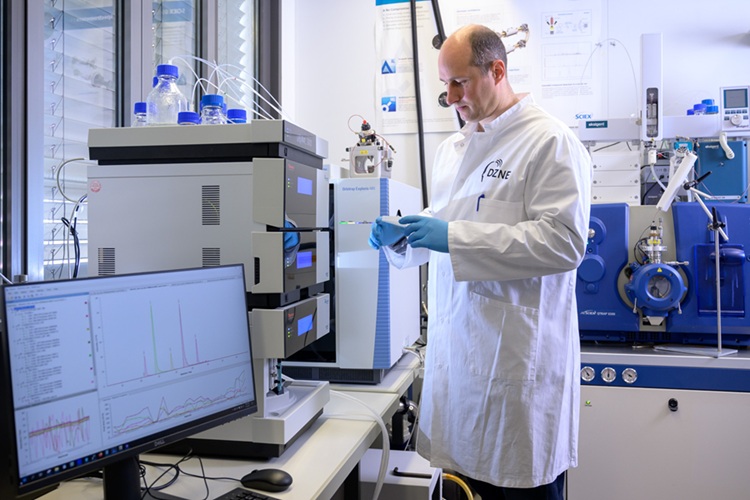
Blood Biomarker Test Could Detect Genetic Predisposition to Alzheimer’s
New medications for Alzheimer’s disease, the most common form of dementia, are now becoming available. These treatments, known as “amyloid antibodies,” work by promoting the removal of small deposits from... Read more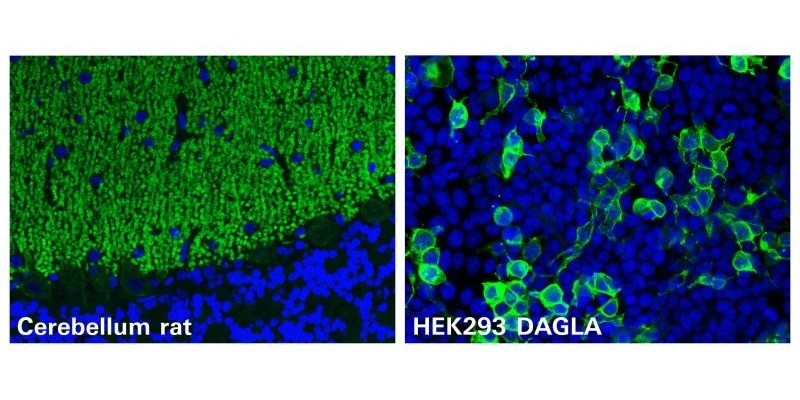
Novel Autoantibody Against DAGLA Discovered in Cerebellitis
Autoimmune cerebellar ataxias are strongly disabling disorders characterized by an impaired ability to coordinate muscle movement. Cerebellar autoantibodies serve as useful biomarkers to support rapid... Read more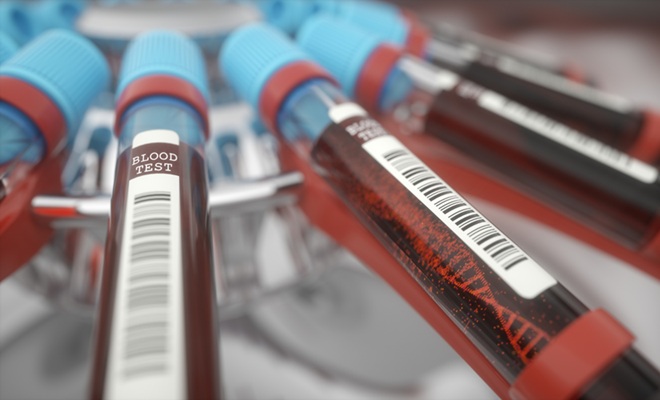
Gene-Based Blood Test Accurately Predicts Tumor Recurrence of Advanced Skin Cancer
Melanoma, an aggressive form of skin cancer, becomes extremely difficult to treat once it spreads to other parts of the body. For patients with metastatic melanoma tumors that cannot be surgically removed... Read moreHematology
view channel
New Scoring System Predicts Risk of Developing Cancer from Common Blood Disorder
Clonal cytopenia of undetermined significance (CCUS) is a blood disorder commonly found in older adults, characterized by mutations in blood cells and a low blood count, but without any obvious cause or... Read more
Non-Invasive Prenatal Test for Fetal RhD Status Demonstrates 100% Accuracy
In the United States, approximately 15% of pregnant individuals are RhD-negative. However, in about 40% of these cases, the fetus is also RhD-negative, making the administration of RhoGAM unnecessary.... Read moreImmunology
view channel
Stem Cell Test Predicts Treatment Outcome for Patients with Platinum-Resistant Ovarian Cancer
Epithelial ovarian cancer frequently responds to chemotherapy initially, but eventually, the tumor develops resistance to the therapy, leading to regrowth. This resistance is partially due to the activation... Read more
Machine Learning-Enabled Blood Test Predicts Immunotherapy Response in Lymphoma Patients
Chimeric antigen receptor (CAR) T-cell therapy has emerged as one of the most promising recent developments in the treatment of blood cancers. However, over half of non-Hodgkin lymphoma (NHL) patients... Read moreMicrobiology
view channel
Handheld Device Delivers Low-Cost TB Results in Less Than One Hour
Tuberculosis (TB) remains the deadliest infectious disease globally, affecting an estimated 10 million people annually. In 2021, about 4.2 million TB cases went undiagnosed or unreported, mainly due to... Read more
New AI-Based Method Improves Diagnosis of Drug-Resistant Infections
Drug-resistant infections, particularly those caused by deadly bacteria like tuberculosis and staphylococcus, are rapidly emerging as a global health emergency. These infections are more difficult to treat,... Read more
Breakthrough Diagnostic Technology Identifies Bacterial Infections with Almost 100% Accuracy within Three Hours
Rapid and precise identification of pathogenic microbes in patient samples is essential for the effective treatment of acute infectious diseases, such as sepsis. The fluorescence in situ hybridization... Read morePathology
view channel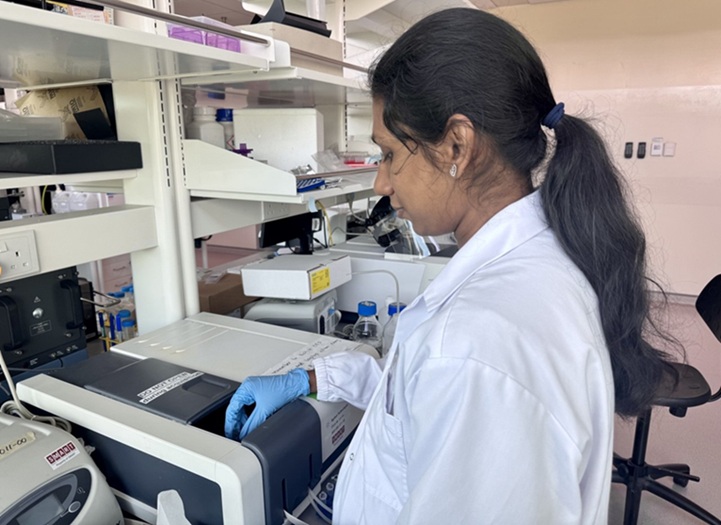
Novel UV and Machine Learning-Aided Method Detects Microbial Contamination in Cell Cultures
Cell therapy holds great potential in treating diseases such as cancers, inflammatory conditions, and chronic degenerative disorders by manipulating or replacing cells to restore function or combat disease.... Read more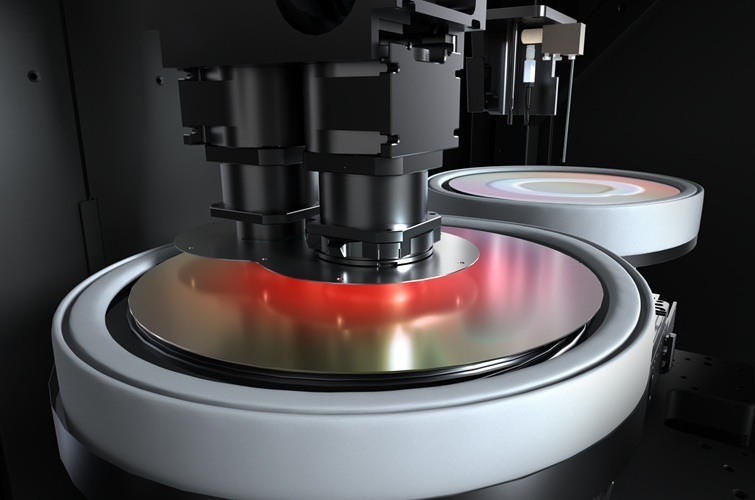
New Error-Corrected Method to Help Detect Cancer from Blood Samples Alone
"Liquid biopsy" technology, which relies on blood tests for early cancer detection and monitoring cancer burden in patients, has the potential to transform cancer care. However, detecting the mutational... Read more
"Metal Detector" Algorithm Hunts Down Vulnerable Tumors
Scientists have developed an algorithm capable of functioning as a "metal detector" to identify vulnerable tumors, marking a significant advancement in personalized cancer treatment. This breakthrough... Read more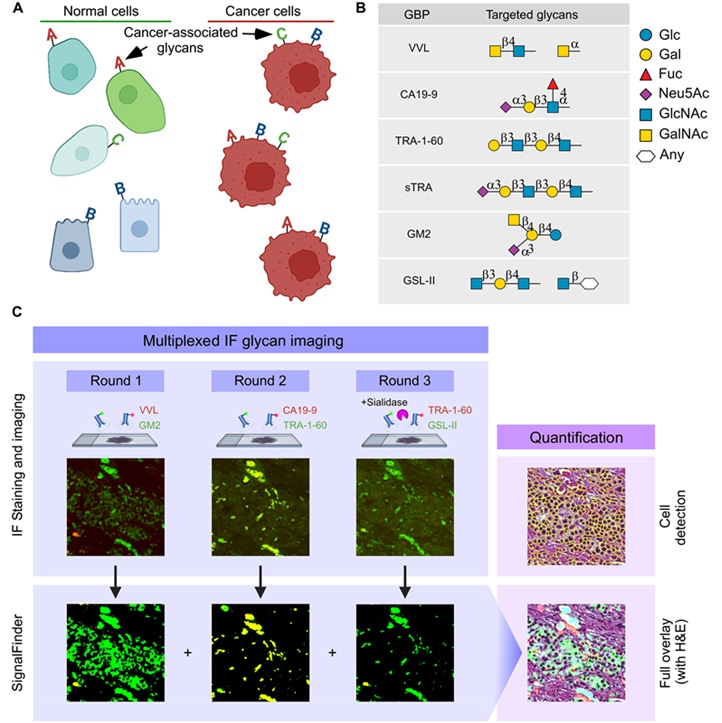
Novel Technique Uses ‘Sugar’ Signatures to Identify and Classify Pancreatic Cancer Cell Subtypes
Pancreatic cancer is often asymptomatic in its early stages, making it difficult to detect until it has progressed. Consequently, only 15% of pancreatic cancers are diagnosed early enough to allow for... Read moreTechnology
view channel
Disposable Microchip Technology Could Selectively Detect HIV in Whole Blood Samples
As of the end of 2023, approximately 40 million people globally were living with HIV, and around 630,000 individuals died from AIDS-related illnesses that same year. Despite a substantial decline in deaths... Read more
Pain-On-A-Chip Microfluidic Device Determines Types of Chronic Pain from Blood Samples
Chronic pain is a widespread condition that remains difficult to manage, and existing clinical methods for its treatment rely largely on self-reporting, which can be subjective and especially problematic... Read more
Innovative, Label-Free Ratiometric Fluorosensor Enables More Sensitive Viral RNA Detection
Viruses present a major global health risk, as demonstrated by recent pandemics, making early detection and identification essential for preventing new outbreaks. While traditional detection methods are... Read moreIndustry
view channel
Cepheid and Oxford Nanopore Technologies Partner on Advancing Automated Sequencing-Based Solutions
Cepheid (Sunnyvale, CA, USA), a leading molecular diagnostics company, and Oxford Nanopore Technologies (Oxford, UK), the company behind a new generation of sequencing-based molecular analysis technologies,... Read more
Grifols and Tecan’s IBL Collaborate on Advanced Biomarker Panels
Grifols (Barcelona, Spain), one of the world’s leading producers of plasma-derived medicines and innovative diagnostic solutions, is expanding its offer in clinical diagnostics through a strategic partnership... Read more




